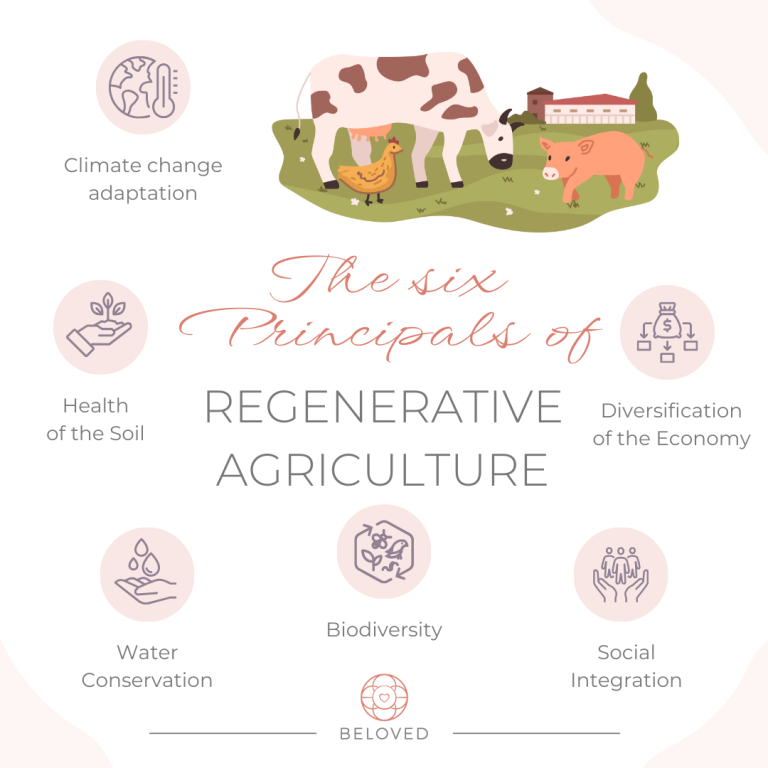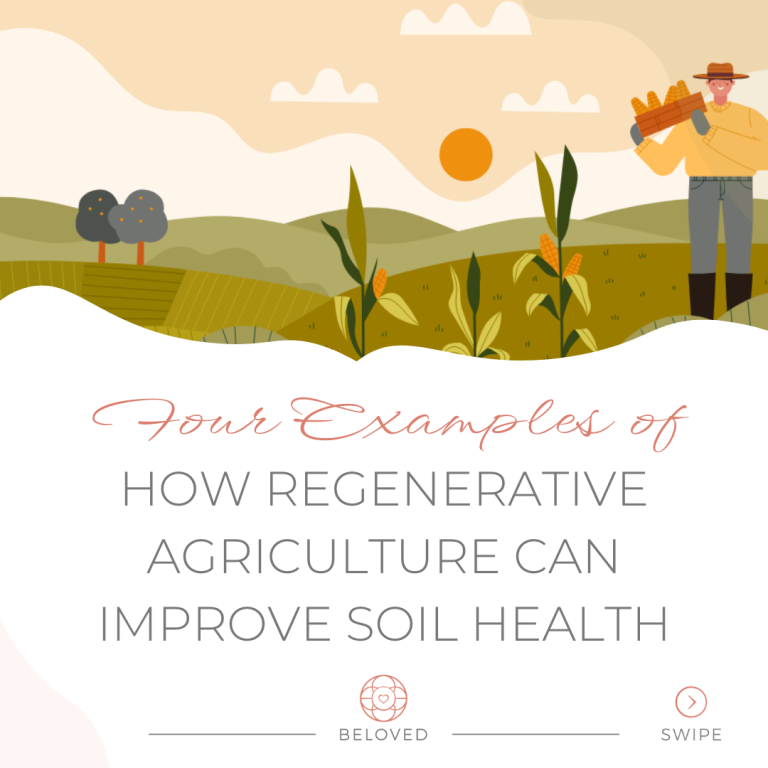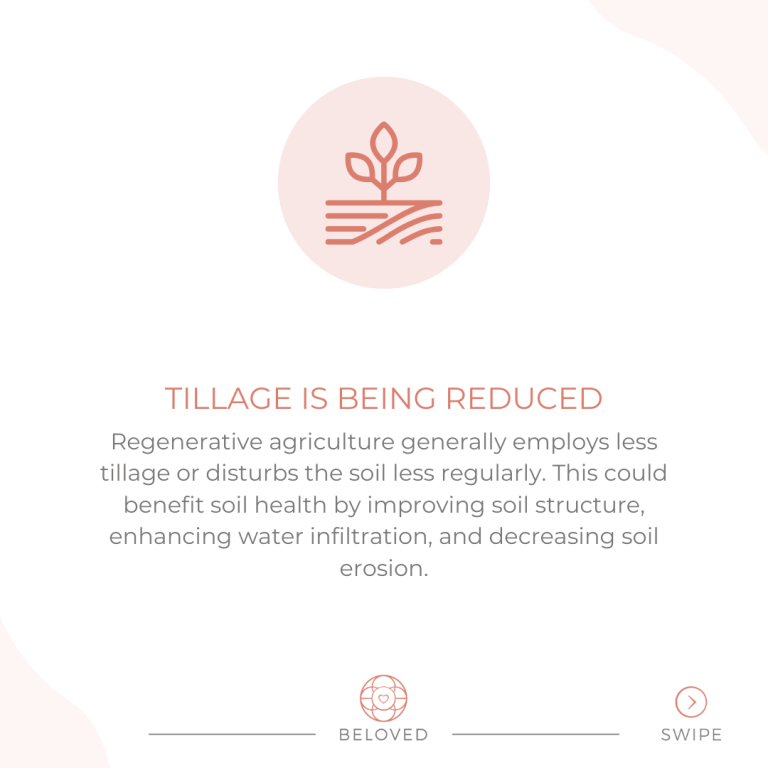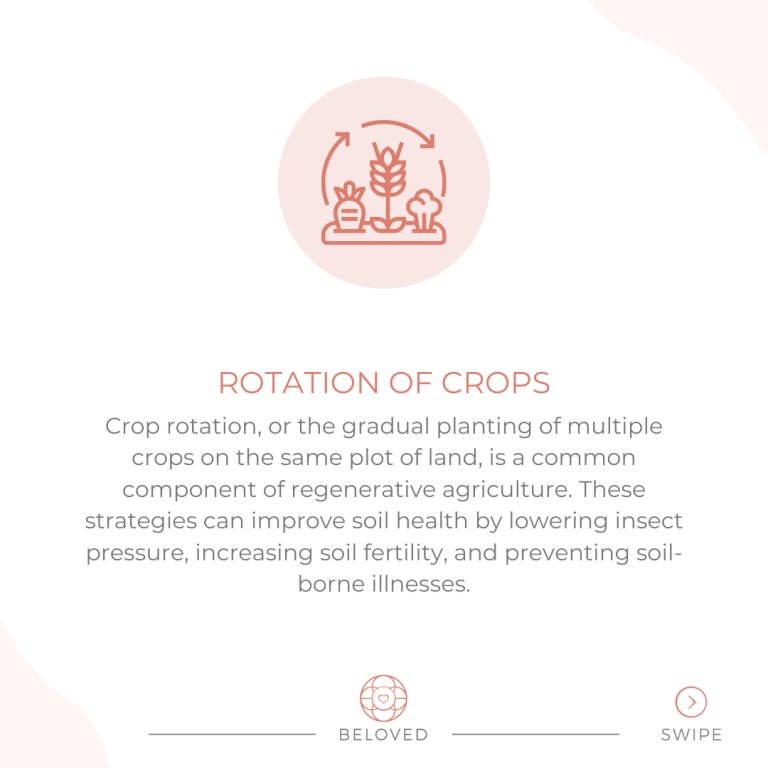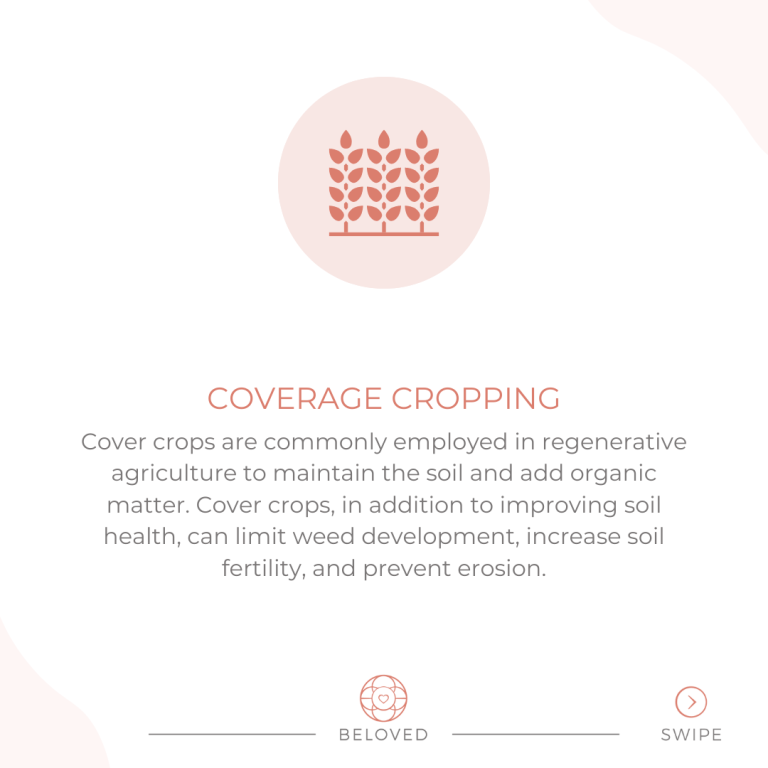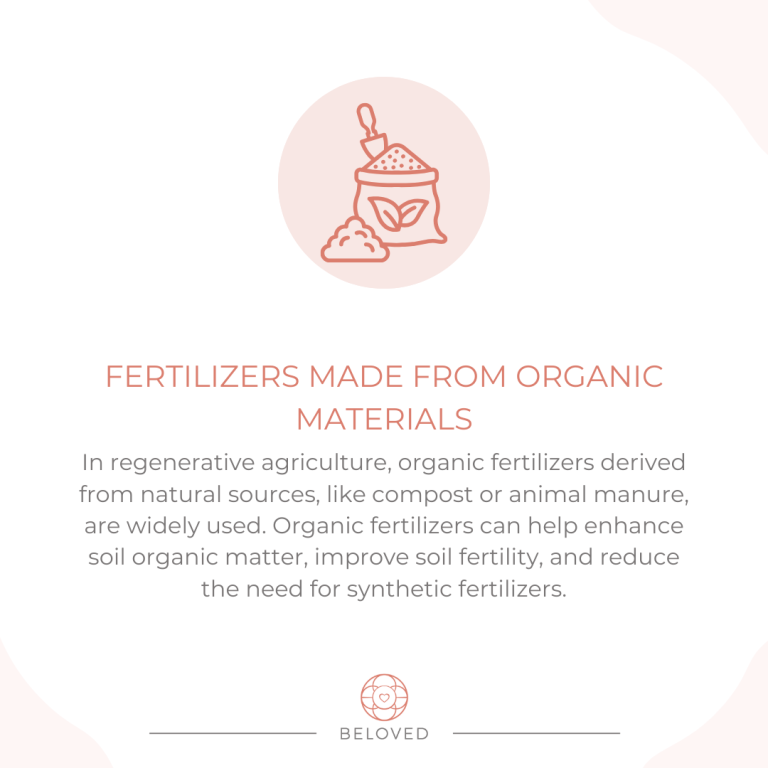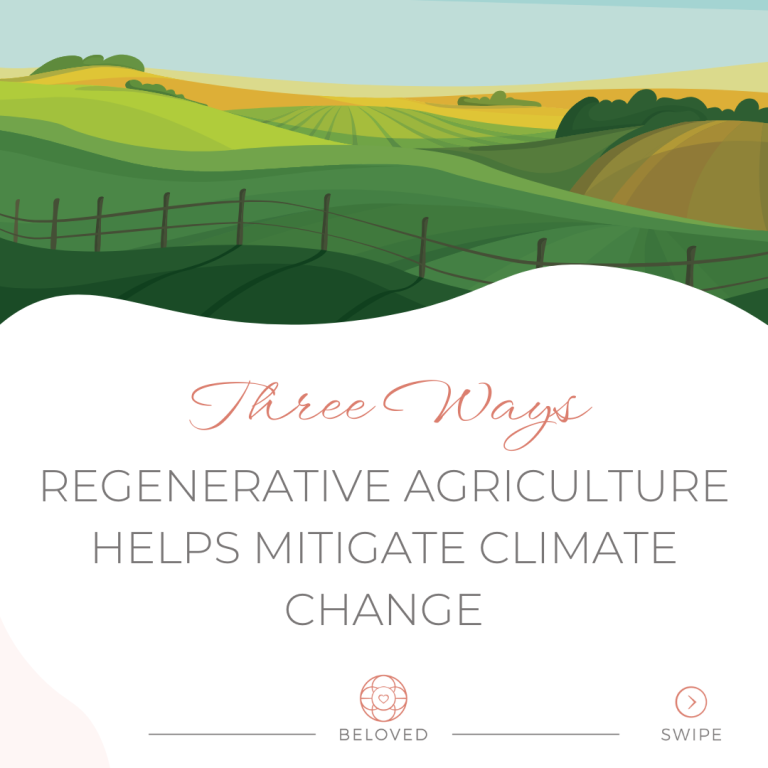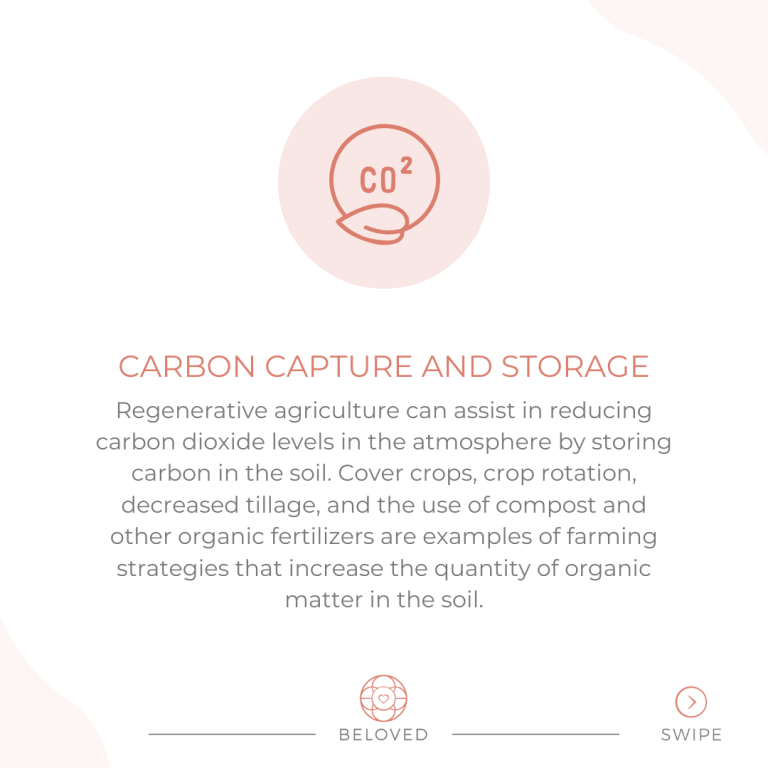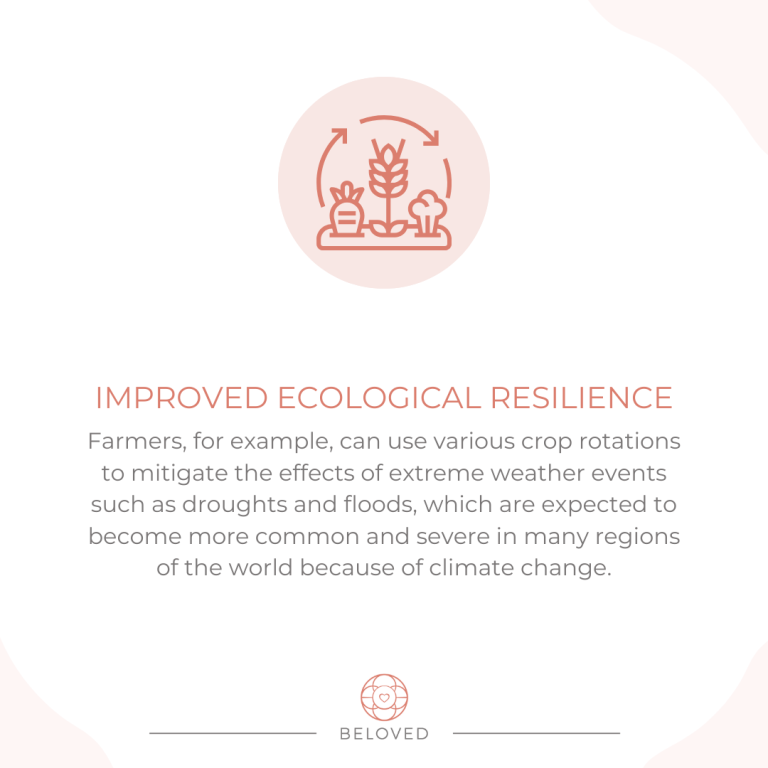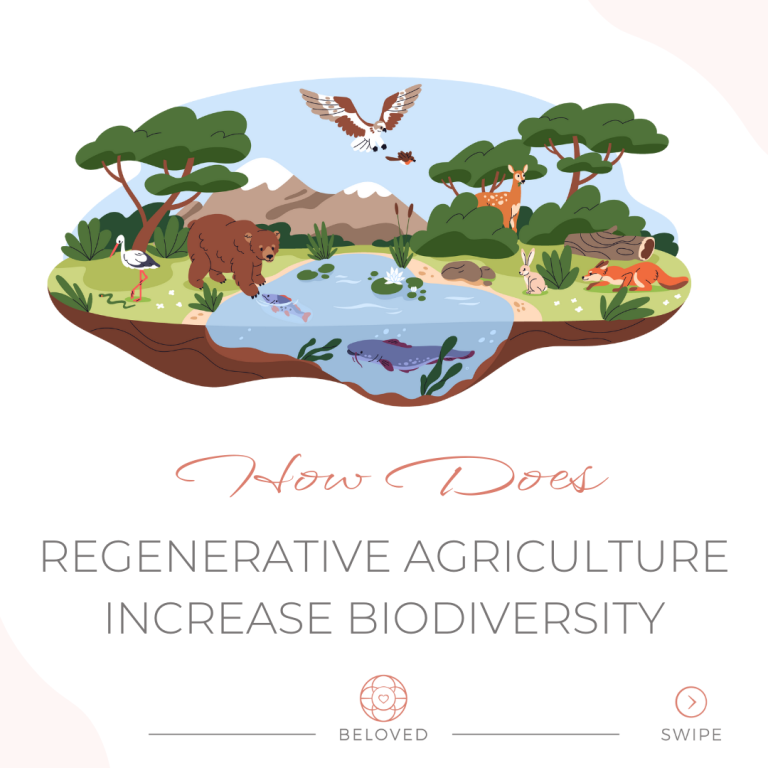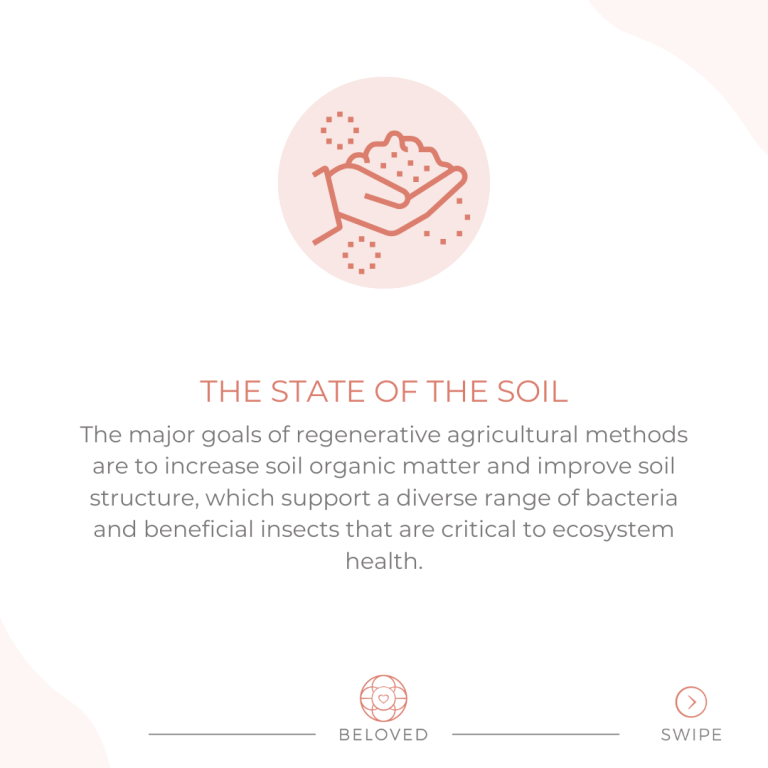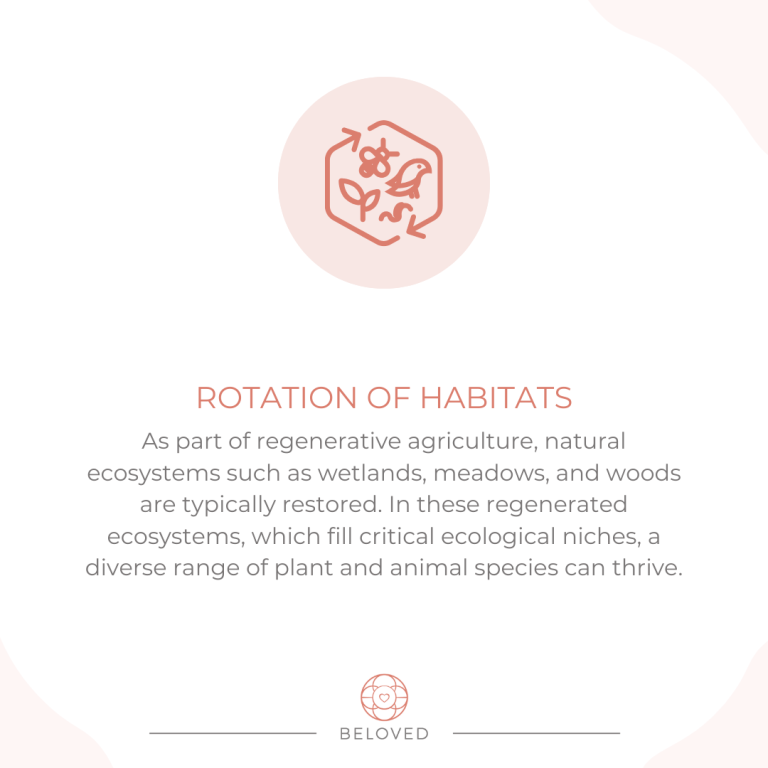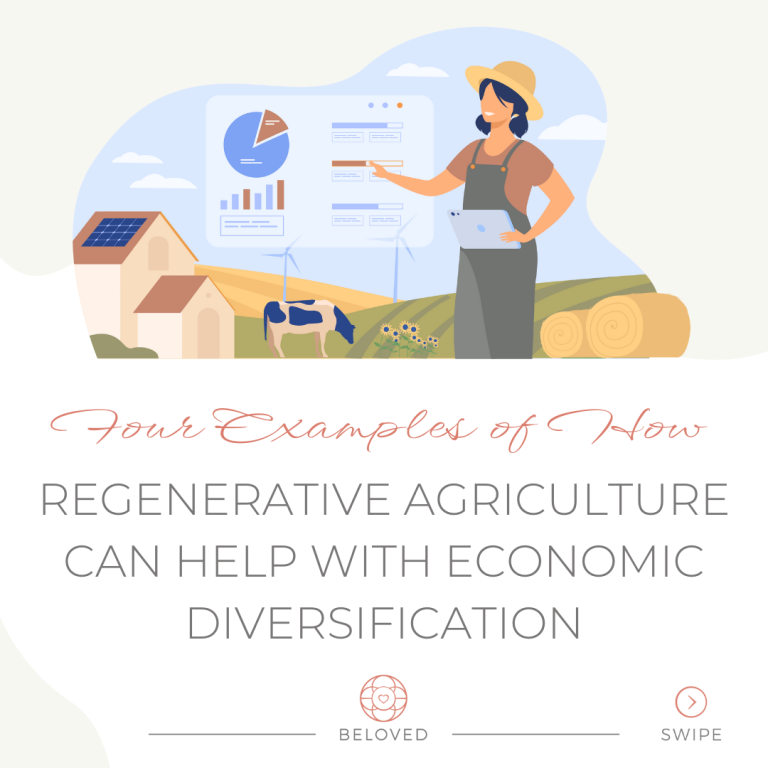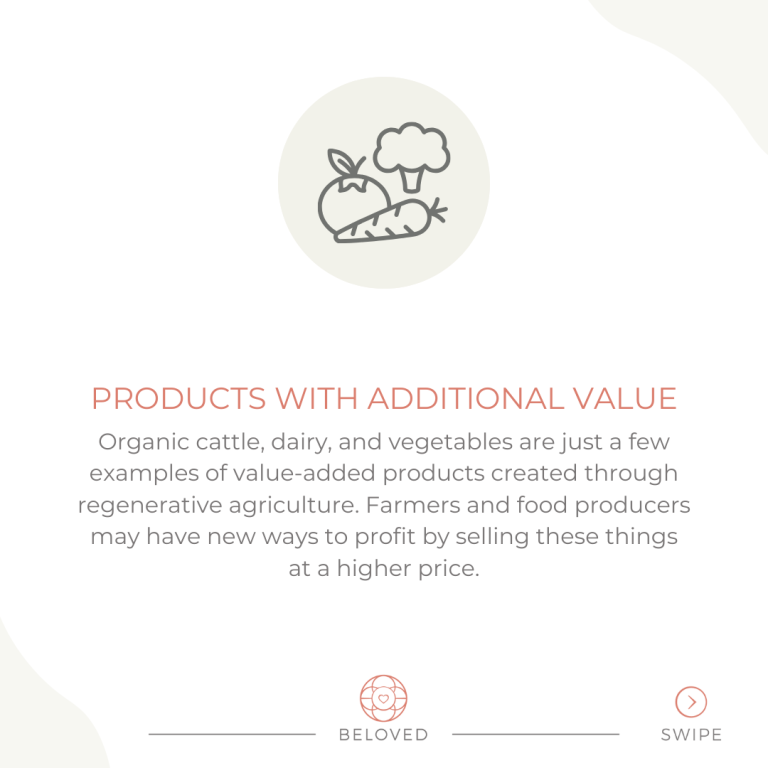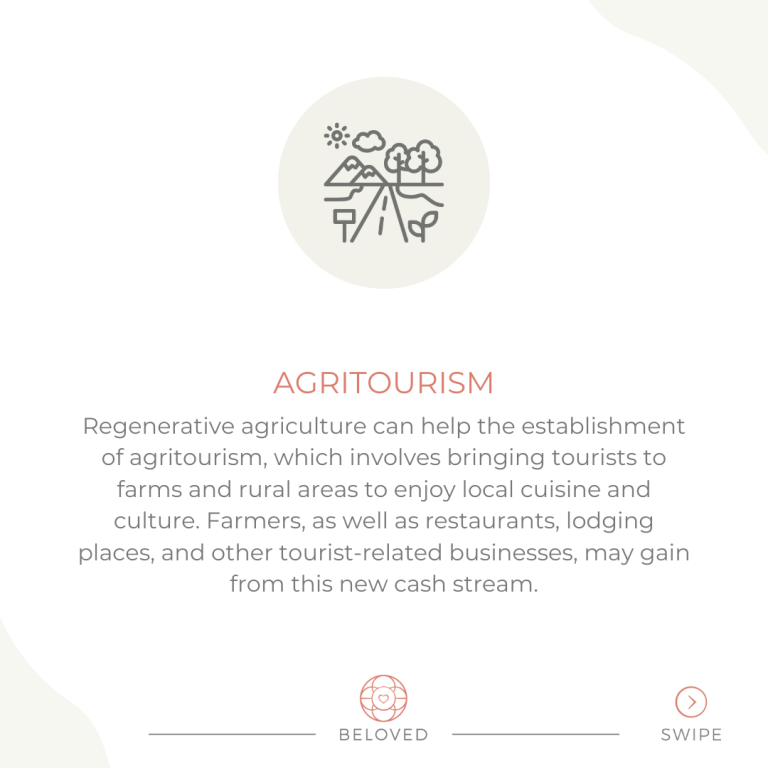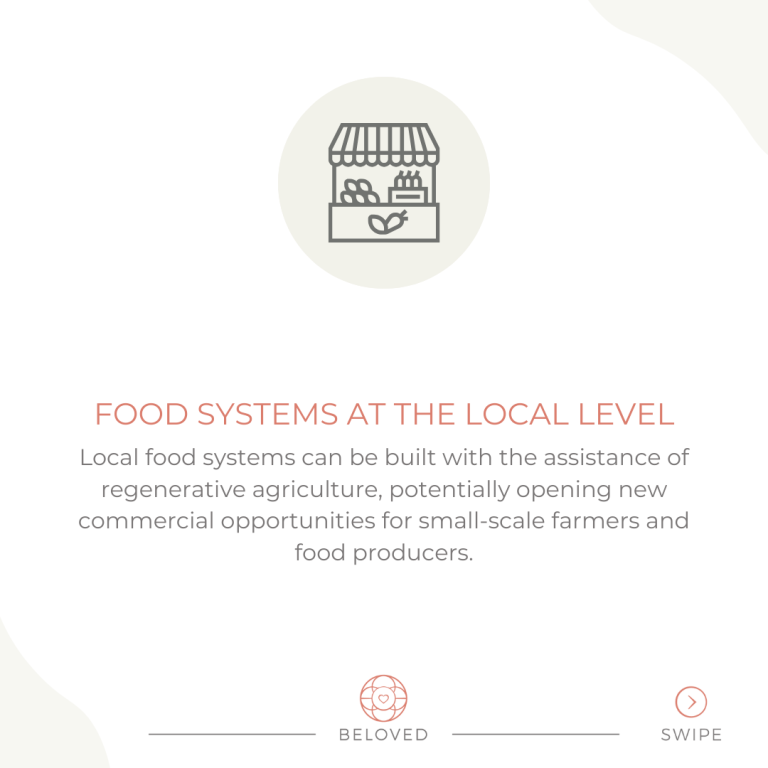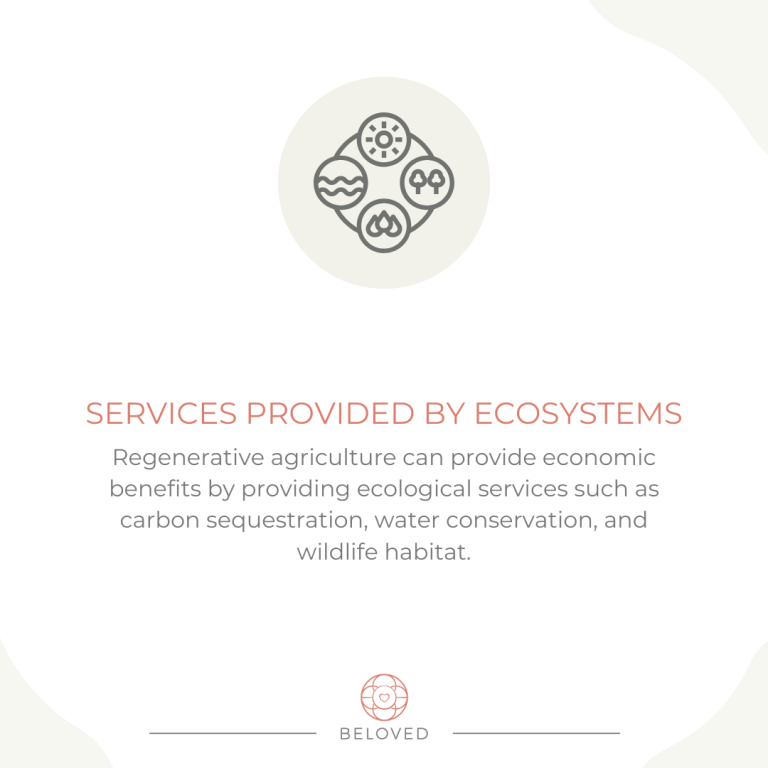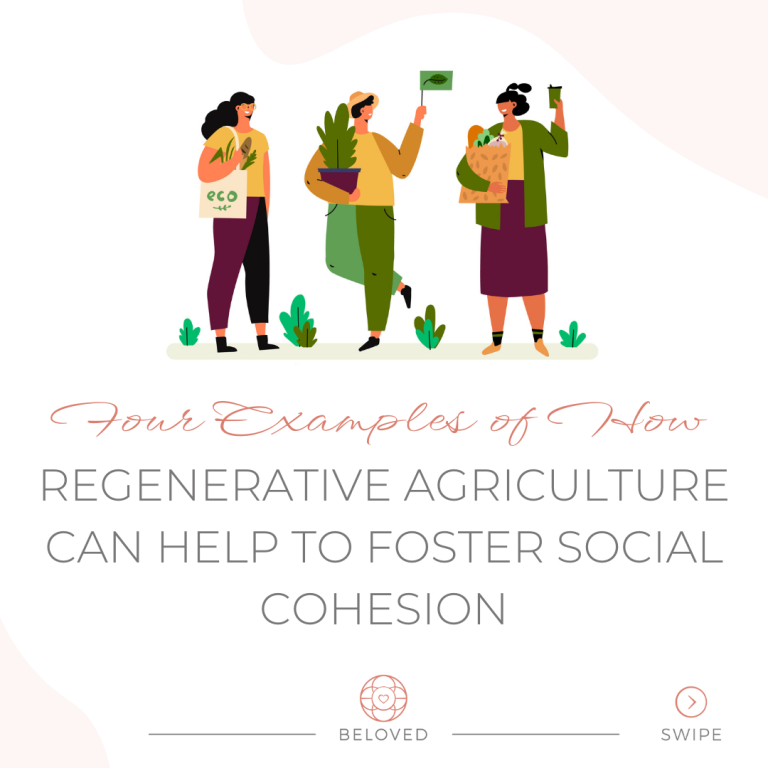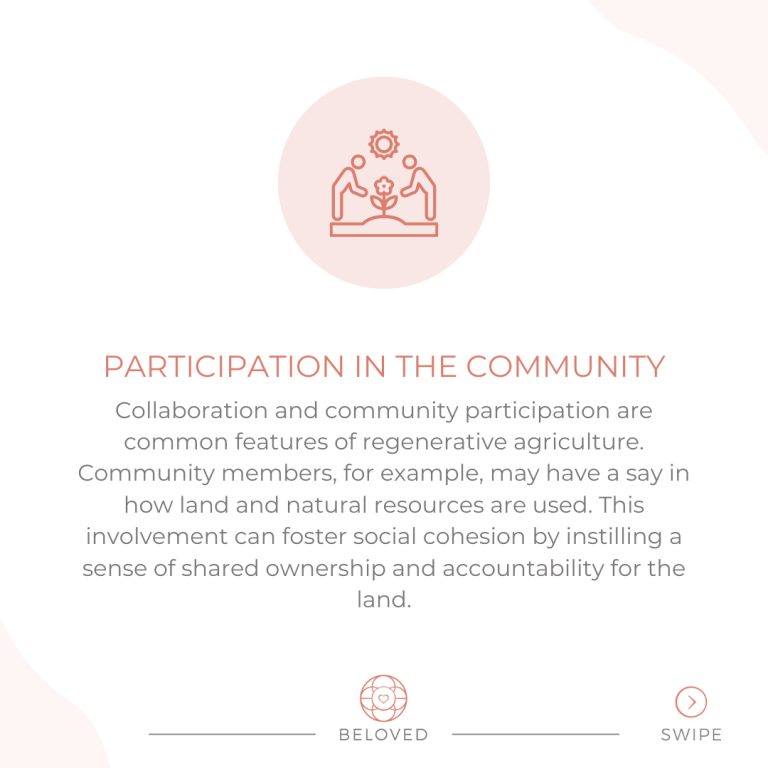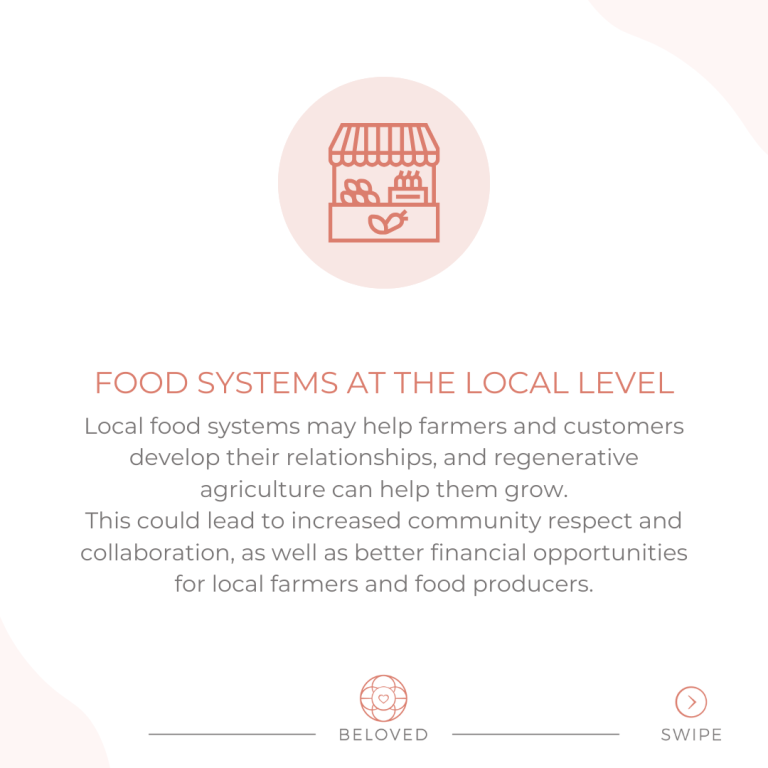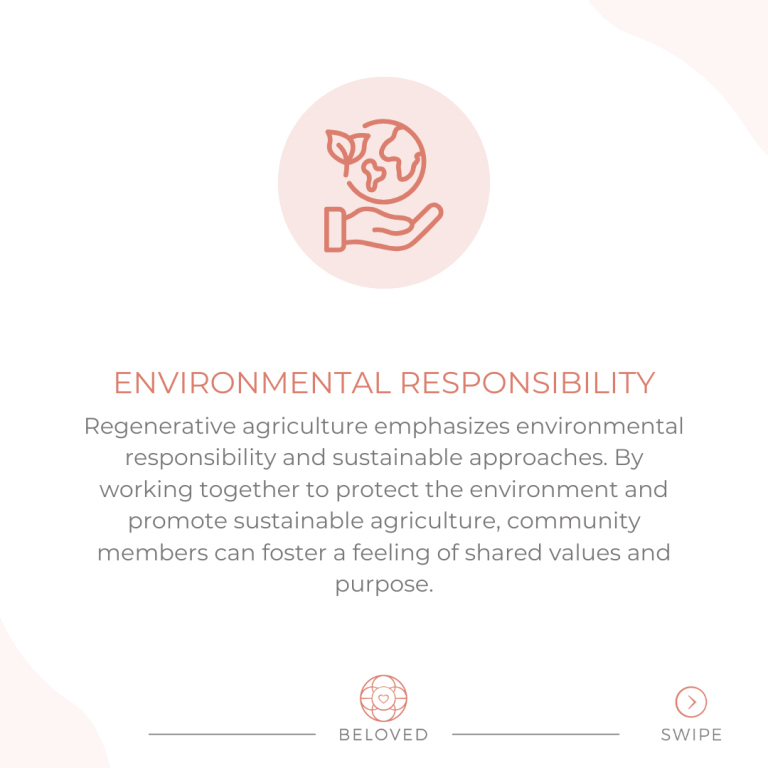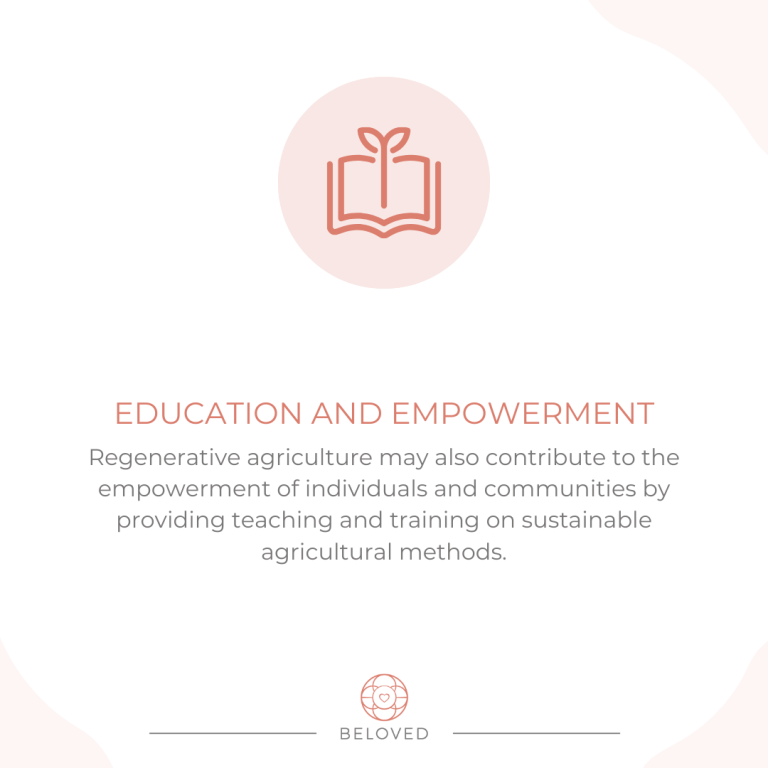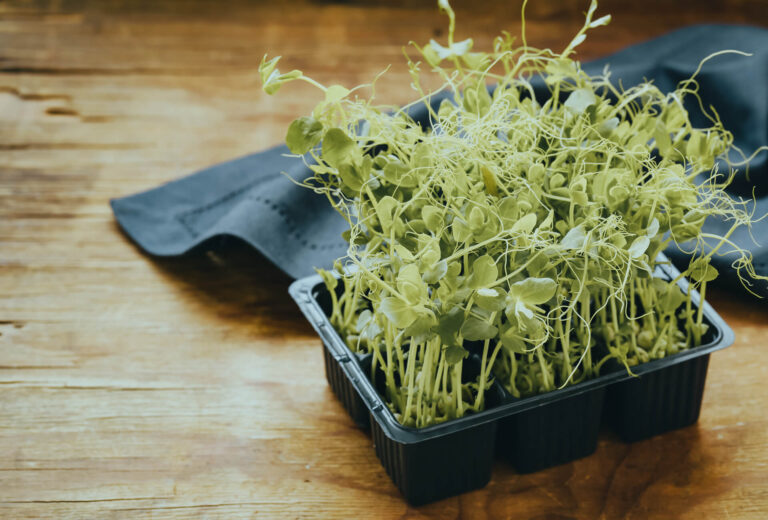What are the six regenerative agriculture subcategories?
- Our Sustainable Farm (OSF)
Health of the Soil
In regenerative organic agriculture, soil health is the number one objective. Our food system’s health is strongly tied to the health of our soil. Our health, the health of our plants, and the future of our planet all rely on the quality of our soil.
Here are a few examples of how regenerative agriculture can improve soil health:
Regenerative agriculture generally employs less tillage or disturbs the soil less regularly. This could benefit soil health by improving soil structure, enhancing water infiltration, and decreasing soil erosion.
Crop rotation, or the gradual planting of multiple crops on the same plot of land, is a common component of regenerative agriculture. These strategies can improve soil health by lowering insect pressure, increasing soil fertility, and preventing soil-borne illnesses.
Cover crops are commonly employed in regenerative agriculture to maintain the soil and add organic matter. Cover crops, in addition to improving soil health, can limit weed development, increase soil fertility, and prevent erosion.
In regenerative agriculture, organic fertilizers derived from natural sources, like compost or animal manure, are widely used. Organic fertilizers can help enhance soil organic matter, improve soil fertility, and reduce the need for synthetic fertilizers, all of which can benefit soil health.


Climate Change (Carbon and CO2)
Regenerative agriculture is an agricultural approach that can aid in climate change adaptation and mitigation in a variety of ways:
Regenerative agriculture can also help to reduce greenhouse gas emissions from agriculture. Farmers, for example, should use fewer synthetic fertilizers and pesticides to lower the amount of nitrous oxide and methane emissions created during cultivation.
Building ecosystem resilience is critical for coping with the effects of climate change, and regenerative agriculture can help. Farmers, for example, can use various crop rotations to mitigate the effects of extreme weather events such as droughts and floods, which are expected to become more common and severe in many regions of the world because of climate change.

Water Conservation and Management
In numerous ways, regenerative agriculture can aid in water conservation and regulation:
Regenerative agriculture also emphasizes the use of watershed management approaches. Farmers can use techniques like as contour plowing and keyline design, for example, to slow down runoff, increase infiltration, and prevent erosion. This helps to retain water in the soil and reduces water loss through runoff.
Riparian buffer zones, which are areas of vegetation planted along river and stream banks, are urged to be utilized in regenerative agriculture.
These buffer zones help to remove pollutants, reduce erosion, and improve water quality.
Regenerative agriculture relies heavily on strategies that lessen the need for irrigation. Farmers can improve soil health by using cover crops, crop rotations, and other strategies that boost the soil’s ability to retain water and reduce the amount of irrigation water required.



Biodiversity
Regenerative agriculture increases biodiversity in a variety of ways, including:
The major goals of regenerative agricultural methods are to increase soil organic matter and improve soil structure, which support a diverse range of bacteria and beneficial insects that are critical to ecosystem health.
As part of regenerative agriculture, natural ecosystems such as wetlands, meadows, and woods are typically restored. In these regenerated ecosystems, which fill critical ecological niches, a diverse range of plant and animal species can thrive.

Social Integration
Regenerative agriculture is important in creating social cohesiveness. Here are some examples of how regenerative agriculture might help to foster social cohesion:
Collaboration and community participation are common features of regenerative agriculture. Community members, for example, may have a say in how land and natural resources are used. This involvement can foster social cohesion by instilling a sense of shared ownership and accountability for the land.
Local food systems may help farmers and customers develop their relationships, and regenerative agriculture can help them grow.
This could lead to increased community respect and collaboration, as well as better financial opportunities for local farmers and food producers.
Regenerative agriculture emphasizes environmental responsibility and sustainable approaches.
By working together to protect the environment and promote sustainable agriculture, community members can foster a feeling of shared values and purpose, which can contribute to the promotion of social cohesion.
Regenerative agriculture may also contribute to the empowerment of individuals and communities by providing teaching and training on sustainable agricultural methods. This can increase a person’s sense of agency and control over their own food system, as well as their economic opportunities and self-sufficiency.


Diversification of the Economy
Here are some examples of how regenerative agriculture might help with economic diversification:
Organic cattle, dairy, and vegetables are just a few examples of value-added products created through regenerative agriculture. Farmers and food producers may have new ways to profit by selling these things at a higher price.
Regenerative agriculture can help the establishment of agritourism, which involves bringing tourists to farms and rural areas to enjoy local cuisine and culture.
Farmers, as well as restaurants, lodging places, and other tourist-related businesses, may gain from this new cash stream.
Local food systems can be built with the assistance of regenerative agriculture, potentially opening new commercial opportunities for small-scale farmers and food producers. By connecting farmers and consumers, these systems can help to build a stronger local economy that is less reliant on global supply networks.
Regenerative agriculture can provide economic benefits by providing ecological services such as carbon sequestration, water conservation, and wildlife habitat. These services can be turned into economic opportunities for farmers and landowners through carbon markets, conservation efforts, and other means.

Summary
Regenerative agriculture focuses on improving soil health, reducing tillage, rotating crops, covering crops, and using organic fertilizers. These strategies improve soil structure, water infiltration, and erosion, while also reducing insect pressure, increasing fertility, and preventing soil-borne illnesses. Regenerative agriculture also aids in climate change adaptation and mitigation through carbon capture and storage, reduced greenhouse gas emissions, improved ecosystem resilience, and water conservation and management. By implementing these strategies, regenerative agriculture can contribute to a healthier food system, healthier plants, and a more sustainable future for our planet.


Regenerative agriculture promotes water conservation and regulation through watershed management, river buffer zones, irrigation administration, biodiversity restoration, and habitat rotation. It also fosters social integration through community participation, food systems at the local level, and environmental responsibility. By reducing water loss, improving soil health, and promoting shared values, regenerative agriculture helps maintain ecosystem health and promotes a sense of shared responsibility among farmers and consumers. Regenerative agriculture can empower individuals and communities by providing sustainable farming methods, promoting economic diversification, and creating value-added products. It also supports agritourism, local food systems, and ecological services, fostering a stronger local economy and reducing dependence on global supply networks.

